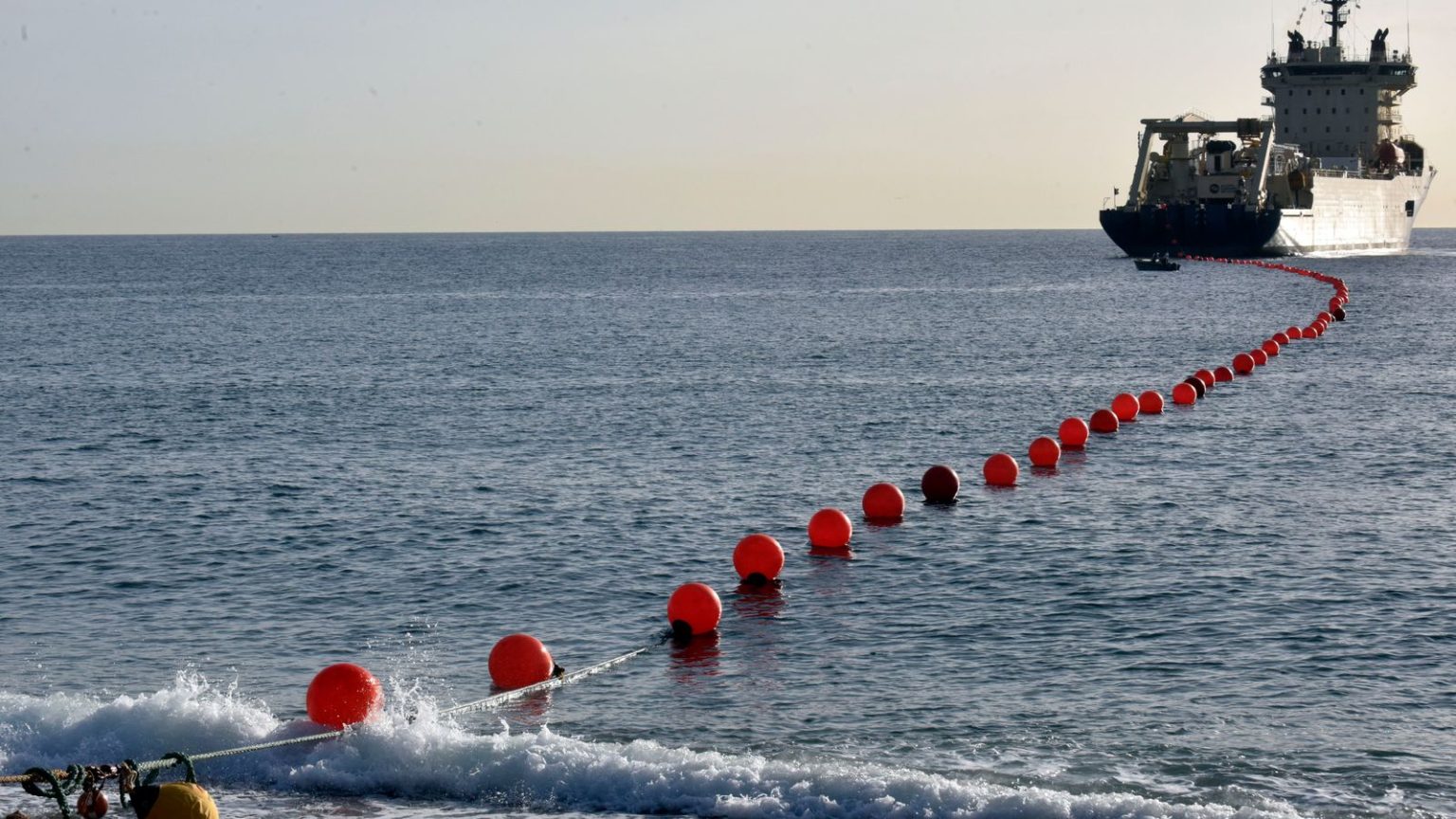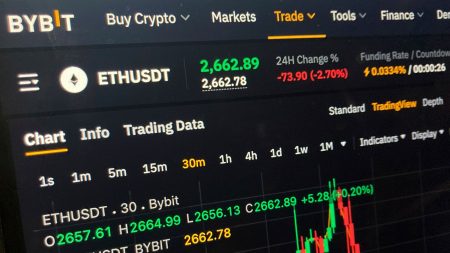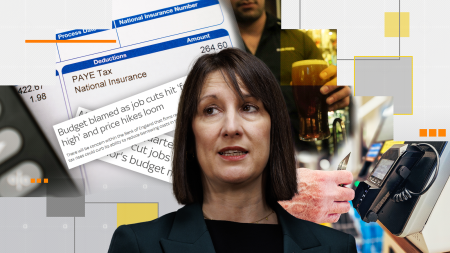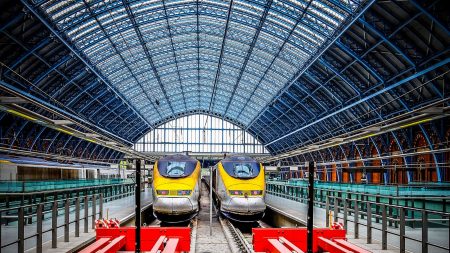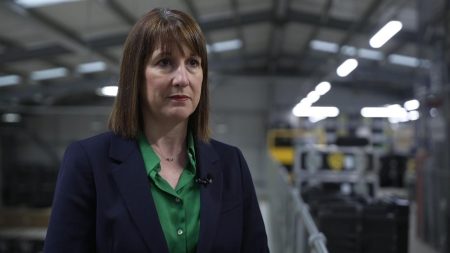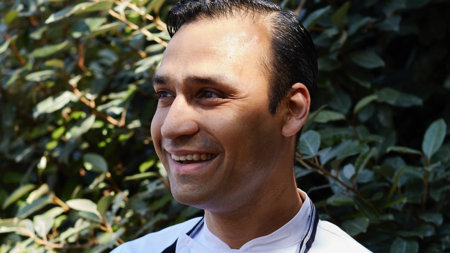Meta’s Ambitious Project Waterworth: Revolutionizing Global Connectivity
Meta, the powerhouse behind Instagram, Facebook, and WhatsApp, is embarking on an extraordinary journey with Project Waterworth, a venture to construct the world’s longest undersea cable. This project, spanning an impressive 50,000 kilometers—longer than the Earth’s circumference—aims to connect regions such as the US, India, South Africa, and Brazil. The goal is to ensure that cutting-edge technologies like artificial intelligence (AI) are accessible worldwide. Meta’s Engineering Blog reveals that this initiative will establish "three new oceanic corridors" to drive global AI innovation, marking a significant leap in their mission to enhance digital accessibility.
The Backbone of the Internet: Understanding Subsea Cables
Subsea cables are often referred to as the "backbone of the internet," facilitating a staggering 95% of international internet traffic. These underwater networks are crucial for global connectivity, yet their reach is inconsistent, impacting marginalized communities the most. The Global Digital Inclusion Partnership emphasizes the need to connect the world’s population by 2030, highlighting that equitable internet access is essential for societal development. As these cables expand, they not only increase data capacity but also reduce costs, making the internet more affordable for all.
Empowering AI and Tech Access Worldwide
Project Waterworth is more than just a technical feat; it’s a strategic move to democratize access to AI and emerging technologies. By providing high-speed connectivity, Meta aims to bridge the digital divide, ensuring that advancements in AI benefit people globally, regardless of their location. This initiative underscores Meta’s commitment to leveraging technology for the greater good, fostering innovation across the globe.
Meta’s Strategic Play and the Competition
Meta’s foray into subsea cables is not new; they’ve already developed over 20 such projects, showcasing their dedication to digital infrastructure. Meanwhile, Elon Musk’s Starlink satellites offer an alternative approach, targeting remote areas where cables are challenging to install. While Starlink focuses on accessibility in hard-to-reach regions, Meta’s efforts aim to enhance connectivity in densely populated and strategic areas, highlighting the diversity of approaches in the tech race.
Bridging the Gap for Marginalized Communities
The implications of Project Waterworth extend beyond technology; it’s about inclusion. Improved connectivity can empower marginalized groups, including women, rural residents, and people with disabilities, by making the internet more affordable and accessible. This aligns with the Global Digital Inclusion Partnership’s goal of meaningful internet access, emphasizing the human impact of such initiatives.
A Visionary Initiative with Global Significance
Project Waterworth is a testament to Meta’s vision and commitment to global connectivity. Despite the immense cost and complexity, the potential impact is profound, promising to revolutionize how the world accesses and utilizes technology. As Meta pushes the boundaries of what’s possible, this project stands as a beacon of innovation, reminding us of the power of technology to transform lives and societies.





